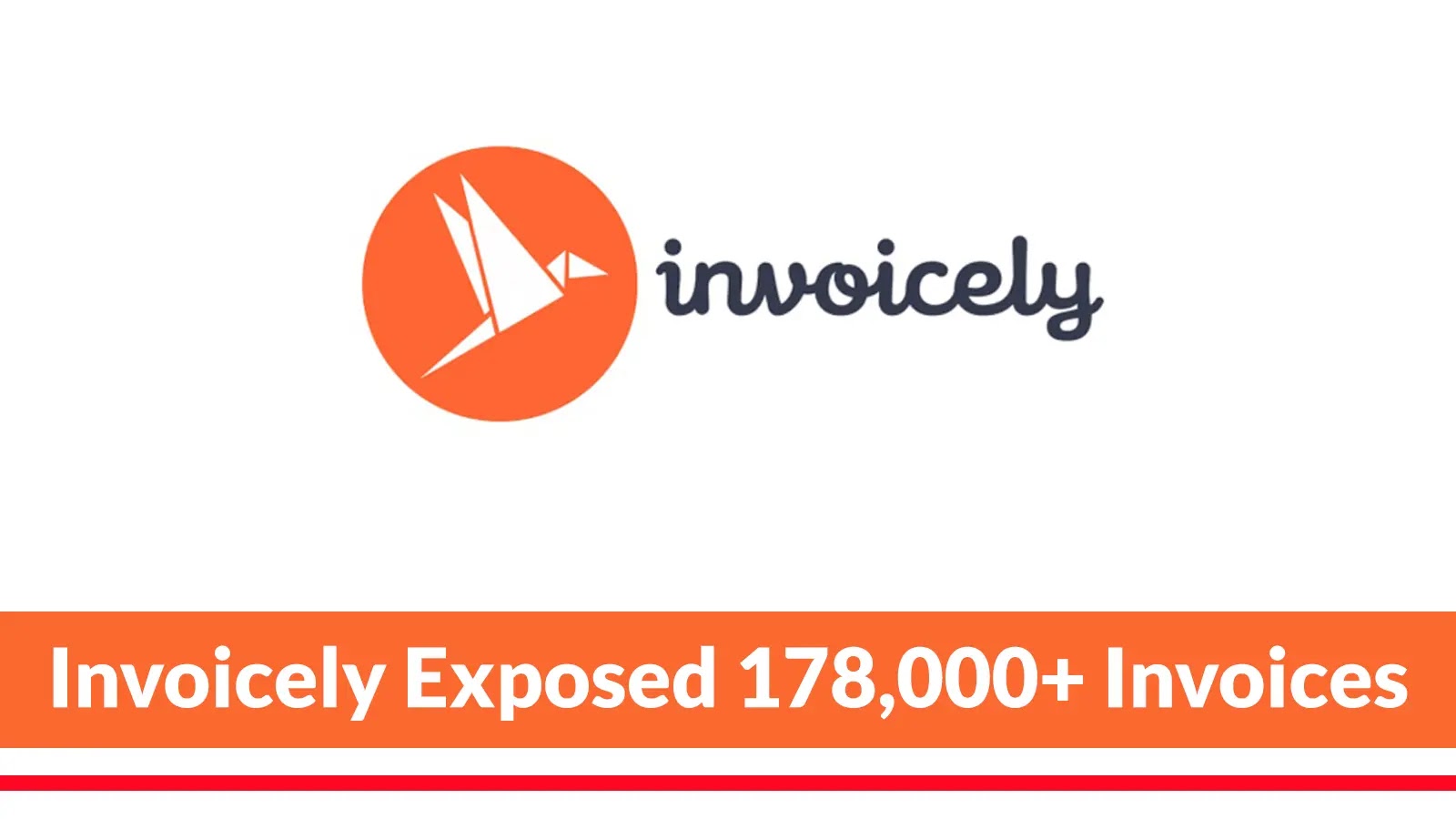In early October 2025, cybersecurity researcher Jeremiah Fowler uncovered a significant data exposure involving Invoicely, a Vienna-based invoicing and billing platform utilized by more than 250,000 businesses globally. Fowler identified a publicly accessible database containing 178,519 files in various formats, including XLSX, CSV, PDF, and images, all harboring sensitive personal and financial information.
Scope of the Exposure
The exposed documents encompassed a wide array of sensitive data, such as invoices, scanned checks, tax filings, and ride-sharing receipts. These records revealed personal details including names, addresses, phone numbers, tax identification numbers, as well as banking information like routing and account numbers. The affected parties ranged from healthcare providers and contractors to corporate partners, highlighting the extensive reach of the breach.
Potential Risks and Implications
The sheer volume and diversity of the exposed records amplify the potential risks associated with this data leak. Individuals and organizations are now vulnerable to identity theft, spear-phishing attacks, invoice fraud, and unauthorized financial transactions. For instance, malicious actors could exploit genuine invoice templates to submit fraudulent invoices, use stolen identifiers for counterfeit tax filings, or craft highly targeted phishing campaigns based on real transaction details.
Security Oversight and Response
Initial investigations revealed that the database lacked any form of encryption or password protection, leaving it accessible to anyone with basic knowledge of its URL structure. This misconfiguration stemmed from an unsecured Amazon S3 bucket, inadvertently set to public-read instead of restricted access. Such a setting allows attackers to enumerate and access bucket contents using tools like AWSBucketFinder or simple HTTP requests.
Upon receiving Fowler’s responsible disclosure notice via Invoicely’s support system, the company acted swiftly to restrict public access to the database. However, the duration of the exposure remains unknown, raising concerns about the number of unauthorized parties who may have accessed or copied the data before containment.
Underlying Causes and Industry Implications
Website Planet analysts noted that the database name—’invoicely_backup_public’—suggested it was intended for internal backup or third-party migration but was misconfigured for public access. This incident underscores recurring lapses in cloud storage governance across Software as a Service (SaaS) providers, where rapid deployment and scaling often outpace security controls.
While Fowler did not find evidence of active exploitation, the potential for undetected data harvesting remains significant given the window of exposure.
Technical Insights: Data Exposure Mechanism
The misconfiguration involved an unsecured Amazon S3 bucket set to public-read, allowing unauthorized access. Attackers could enumerate bucket contents using tools like AWSBucketFinder or simple HTTP requests. For example, a Python script utilizing the Boto3 library could list bucket contents without authentication, highlighting the ease with which such data can be accessed when proper security measures are not in place.
Recommendations for Mitigation
To prevent similar incidents, SaaS providers must enforce strict access policies, automate storage audits, and adopt least-privilege principles when provisioning cloud resources. Regular security audits and proper configuration management are essential to safeguard sensitive data and maintain customer trust.



